Empathetic Design Wins Every Time Making Arrogance Enemy #1 to Success
How can we cultivate real-world strategies in business, product design, relationships and communications to get everyone on-board with a pragmatic empathetic approach?
Oh That’s Good Company is a small-scale strategic thinking, branding & design house, new to the Substack Platform. Please give a writer their wings and subscribe for regular posts on branding, business & design; considering the inherent influence of psychology, arts and culture along the way.
Diverse perspectives can make or break the success of teams, product designs, and user experiences, and accessing a fundamental level of empathy is paramount. This is called empathetic design. Understanding strengths, weaknesses, and differences isn't just beneficial—it's essential. This article explores how cultivating empathy can mitigate the risks of arrogance, which often leads to wasted resources and failed initiatives. By embracing multiple viewpoints, we can foster stronger relationships, develop better products, and create more effective solutions.
Whether you're navigating team dynamics or designing user-centric products, the insights here offer adaptable frameworks for your unique context. Join us as we delve into the roots of empathy, dissect the dangers of arrogance, and explore practical models like the DISC personality assessment to enhance collaboration and innovation.
What’s in This Article?
Is Arrogance the Biggest Risk?
How Arrogance Leads to Waste
Seeing Outside of Ourselves for Better Relationships, Products and Teams
Saved By The Empathy Bell in Life or Death Scenarios (Bullet Train)
Categorical Thinking: Because We Need to Start Somewhere
“Don’t Put Me in a Box”: The Limits & Downsides of Categorical Thinking
DISC Personalities as an Actionable, Accessible Model
Is Arrogance the Biggest Risk?
The problem:
Arrogance is wasteful.
The solution:
How might we empower people to take the steps toward valuing multiple perspectives so that we can have better basis of empathetic design in relationships, products, solutions and experiences that stick the landing?
The outcome:
Strong, collaborative relationships
Time and money (resources) well-spent
Waste is a major risk that has been mitigated
All Relationships & Turnover, Idea & Demand Validation, R&D, Cost of Customer Acquisition, Cost of Retention, Customer Lifecycle Value and more.
Better adoption of products/solutions
Because the people using them, their view points and behaviour have all been factored into the design.
How Arrogance Leads to Waste
Believing our perspective or idea is right and others are wrong is a surefire way to find rejection, mutiny, contempt or resistance. These are the antithesis to team-work, good business, marketing and societal function at large. Broadly, people don’t like assholes in relationships or useless things when they’re looking to have a need met. Intentions be damned because, well, we’ve got shit to do.
Intentions don’t mean much if there isn’t substance there to connect the dots in a meaningful way. This is why data science is so valueable. The more information we have, the less we need to rely on our personal biases. If we centre our attention around looking for information, we can step into the scientific method and hopefully find ourselves more connected to greater levels of purpose in our mission along the way as the impulse towards personal bias fades into a smaller part of the bigger picture.
Cognitive empathy and science - do they share the same method?
Time and resources sunk into discussions or designs that do not consider multiple perspectives are doomed to be imperfect and are likely to fail, especially when stacked up against stronger competition.
So.
How might we cultivate more understanding and less arrogance on the path to empathetic design and experiences?
Incorporating Empathy into our Processes
The Base Value
Empathetic design & thinking. Made for business, and business is highly psychological.
How do we get there?
People need to see outside of themselves
Serving the other, who might not think or behave like us.
We need to make it as easy as possible.
Less cognitive load = easier adoption.
We need to start somewhere
The gateway: categorical thinking of personalities.
Why? Because we have to assume our level of bias towards ourselves is bigger and more unproductive than we can see clearly.
Basic colours before Nuanced Pantones - The gateway to thinking outside of ourselves. We’ve all experienced the asshole archetype - if we can’t teach them to be truly empathetic, at least we can start with a simple tool.
‘Don’t put me in a box’
The pitfalls of categorical thinking and the limitation of corporate frameworks.
This Framework of Thinking is Transferrable
If we give people tools to begin expanding perspective and valuing empathetic design, deactivating the ego in pursuit of shared interests - we can go very far in making better experiences, products and relationships.
Today’s exploration within this framework: Categorical thinking with DISC personalities.
Let’s explore.
Saved by the Bell in Life or Death (fictional) Scenarios
Spoiler alert: Skip this section if you don’t want spoilers from the 2022 movie adaptation of ‘Bullet Train’, from the Manga ‘Maria Beetle’ by Kotoro Isaka.
Bullet Train is a Tarantino-esque movie set in a 300 km-per-hour high-speed train in Japan.
(Why we don’t have high-speed trains like this more commonly worldwide is another issue for another day, which I’d LOVE to wrestle. Japan’s funding and maintenance of this train system is admirable, and not something that suits the austere transportation systems elsewhere in the world. I digress.)
We’ve got 5 trained assassins, initially unbeknownst yet linked to each other on the scene with various motivations towards a certain briefcase and its owner. Two of these assassins are brothers tasked with delivering the case, along with a family member, to a certain Boss. They run this mission with the code names Tangerine and Lemon.
“Like the fruit?” ‘Yeh.”
Lemon is the brother with a quirk that helps him in these types of situations. He’s got a particular obsession with Thomas the Tank Engine (TTE) and has developed a fail-safe system of judging a person’s character (and risk level) by sticking each new, relevant person to a TTE character archetype as he goes. Who says Jung is the main source on archetypal thinking?
In any given situation Lemon and Tangerine find themselves in, they’ll run into various types of people with sliding scales of threat, cunning, affability and relevance.
“Hey, you watch something nowadays, what is it, huh? Nothing. Its twists, violence, drama, no message. What's the point? Huh? What are we supposed to learn? Everything I learned about people I learned from Thomas.”
- Lemon, Bullet Train
The character deemed the worst on this scale? Diesel. The ‘Diesel’ archetype stops at nothing, ultimately not caring for alliances, harmony or risk reduction in any given situation. They’re self-serving, risky and cunning. Completely untrustworthy, to be bound or neutralized. A quick peruse to TTE Diesel’s fandom wiki can confirm this sentiment.
In this high-stakes, psychopathic environment, lemon has found a way to quickly categorize people so he knows what he will most likely need to look out for and who he’s most likely dealing with. He knows when he’s on a mission that he’ll need to look out for Diesels on his back, and perhaps even Thomases and Percys that can make useful allies - or idiots. Tangerine ultimately trusts Lemon’s judgement and the stickers used help them communicate with each other even when they’re apart.
That’s a good system.
- No further Bullet Train Spoilers from this point -
OTG Co is woman-led, and new on the scene. Entrepreneurship is my lifeblood. Support the publication with a subscription - or your feedback. Thank you for reading. 🍊
Transfer the Thinking to Create Relevant Models/Systems
There’s a level of thinking here that can be adopted to different situations.
Some examples include Carl Jung’s Archetypes, Robert Greene’s Art of Seduction Archetypes and many of the corporate personality assessments we see today including the psychologist-approved Meyers-Briggs (Big 5 and MBTI aligned) assessment and the unsanctioned (but useful) DISC Profile Assessment.
Archetypal and categorical thinking have their pitfalls, but they open a gateway to understanding the fact that we are not all the same, which is the most fundamental stepping stone on the path to empathetic thinking and design.
Before exploring a more relevant framework and looking at how each ‘type’ in the framework might approach the same problem - for their strengths and their blind spots - let’s first explore the merits and then limits of categorical thinking with regards to making progress towards better, empathy-informed relationships, offerings, solutions and design.
Categorical Thinking: Because We Need to Start Somewhere
Sleight of hand, or of mind, is helpful. Categories achieve this.
We learn our basic colours before nuanced pantones.
A gateway to thinking outside of ourselves.
“That asshole is calling periwinkle purple!”
Does his naiveté alone make him an asshole? He’s an asshole mostly if he grinds his heels into the dirt with the belief that purple is all that there is in the category, while rejecting the members of the group that operate on identifying and naming nuances of colour temperature, hue and saturation. Is the one holding judgement also kind of an asshole for not admitting that periwinkle is in the purple category? Will it be impossible to create a level-headed paradigm?
If we can’t teach the art of true empathy, at least we can start with a simple tool to facilitate empathetic thinking.
We need to rely on models to reserve cognitive load.
Have you ever over-explained yourself before? It’s exhausting not only to you, but the party you’re trying to convince. The more you wriggle, the more the initiative is devalued. There are so many variables to consider when discovering whether you and another party will come to an understanding, and straining of any kind doesn’t bode well for good outcomes. Things that tip into toxic stress levels will present as futile.
Very relevant in marketing and the art of trying to sell something.
It needs to be viable, feasible and most importantly to the sale, desirable.
It turns out a lot of this comes down to cognitive load demand and agreeableness.
Red light, green light.
Assign red dots to factors indicating higher cognitive load, and green dots to ones that indicate less. Assign red dots to indicators of disagreeable nature and green dots to agreeable nature. On this scale, are we more likely to proceed or experience roadblocks and frustration? Less cognitive load required means you can tackle parties with varying degrees of agreeableness. More cognitive load required means you will also need someone to be agreeable or amenable in the situation to get where you’re trying to go. If someone is highly disagreeable, the concept would need to be ‘stupid simple’ for them to possibly get on board. People who are highly abstract in their thinking, or more open-minded, are great to work with because they’re usually in it for understanding and forward momentum from a curious and educated place. They’ll do it for the bit.
How pro-social are they? 🟢🔴
This is not a factor of introversion-extroversion, but rather how motivated are they to create understanding when given the opportunity? If they’re presenting an anti-social or highly disagreeable front, this doesn’t bode well for proceeding.
What context do they have? 🟢🔴
The more relevant context the better, because the cognitive load will be less and you can rely on the facts in this type of situation. If there is a generous amount of context missing, this will be mentally taxing for both parties. Not immediately futile, but proceed with caution and temper your expectations. Progress will be slower.
Are they abstract thinkers? 🟢🔴
People who are more abstract in their thinking need less context to get over their barriers because their motivation lies in a mission, not in their personal position.
If you have more red, the point here is to see that the path forward is not going to work out well or easily in its current state. This may require restructuring and reframing, or in very distinctly zero-sum situations, it may represent an ending. In ‘Getting to Yes’ authored by Roger Fisher and William Ury of the Harvard Negotiation Project, the problem is defined as ‘positional negotiation’ versus ‘getting to yes’ efforts.
Positional negotiation - or articulation - is a front, a wager for war. “I want this and if you don’t give it to me, there will be consequences”. Here, there is very little room to move forward, no face to be saved and its polar nature leads to the concept of winners and losers, heros and villains, black and white.
When ‘getting to yes’, we instead focus on the following:
Separate the people from ‘the problem’
Focus on interests, not positions
Work together to find parity in creative, win-win solutions
Negotiate well with parties on any level
There’s a basis of respect here, and that comes from the reverence of perspective. If you sense a complete lack of respect, all bets should be off.
We want to eliminate resistance so that we can unite on a cause and provide a solution that works well for all parties involved.
So, why do we disagree if we have the same values and mission? Because we all would approach the same situation differently, with more variability in our motivations, perspectives and behaviours. A proper solution needs to take the spectrum of these into its design, otherwise, we don’t have a win-win solution.
“Outside-of-me” thinking needs to be a commonplace factor in our approach.
This is not only relevant to negotiation but to the way we manage all of our relationships, as well as how we design and deliver products and services.
Beware the echo chamber - for what feels like a yes might be the confirmation bias that sinks your ship.
How does a person, entity or product team learn whether their approval is coming from an echo chamber or ‘yes-man’ environment versus something that the full breadth of the audience finds useful?
The Model?
A small, easy-to-hold subset of categories, where we identify majorly with one. Now we can see ourselves represented as one part of a whole that is bigger than just us, but the ‘other’ parts are defined and accounted for. Nothing cognitively insurmountable there.
Now, we have a window and mirrors that give us enough visibility to identify relevant blind spots.
Ask an expert.
To account for these blind spots, we need to learn to factor in perspective from the other categories; learning how to ask the right questions along the way to creating something great.
Now, we know where our own hypotheses stem from and what additional research and exploration may be required to get there. This is a very good thing.
Before jumping into the DISC personalities, let’s first understand the limits of categorical thinking, because although its a gateway, its possible this can lead to closed doors, judgement and maligning of people’s character or identity. Human nature, amirite? >.>
“Don’t Put Me in a Box” - The Limits & Downsides of Categorical Thinking
Many personality assessments are an imperfect representation of one single layer on the wavetable of personality and individuality.
This is where these more surface-level slivers need to be valued appropriately. When we over-inflate their meaning, we risk missing out on the full spectre of a person, group or situation. Simple assessments are not meant to help us understand individual neuro, cultural or individualistic diversity.
Being of a gender, political persuasion and more are only a sliver of who a person is, and requires an ‘operant definition’ of what that category’s function is. Often, within those categories, we do not align with much that tends to ‘snap’ into that category. So, equally not taking surface level categories too seriously, and understanding why they exist, is a great way to temper the risks presented by bad apples and lazy thinking.
Coming back to the ‘assholes’, don’t they just love to take categorical thinking and weaponize it? The more intimately we identify with a category, the more harmful it can be when it becomes a tool in the arsenal of manipulation.
Every step of the way, we are trying to improve relationships and quality of life through the basis of empathetic design. If we lose the empathy, we lose the entire plot.
DISC Personalities
The DISC Assessment is a visualization of introversion/extraversion in the y axis and people-orientation to task-orientation on the x axis, sorting personalities into quadrants. Isn’t 4 is easy enough to handle over, say, 16? Each quadrant is given a colour and base trait, giving us a frame of reference about what a person’s strengths, weaknesses and tendencies might be.
Blue: Cautious | Green: Stabilizing | Yellow: Influencing | Red: Dominant
Let’s use the above visual as the basis of DISC personality profiles, considering that some newer models seem to deviate in their sentimentality.
Blue 🔵
Overview
‘Cautious’ - Reserved & Task-Oriented
Analytical
Detail oriented
Systematic
Persona
People: Einstein, Nicola Tesla, Sheldon Cooper
Intelligence: Mathematical, Logical, Spatial
Roles: Engineers, mathematicians, physicists, mechanics, scientists, some designers
Analytical Nature:
Thinks logically
Plans meticulously
Strives for highest quality standards
Focused and persevering
Works best alone to maintain order and concentration
Motivations and Traits:
Motivated by perfect execution of plans
Valued for competence and reliability
Not a team player; prefers solitude
Can appear distant, reserved, or dismissive
Perfectionism can cause loss of perspective
Characteristics:
Peaceful and adaptable
Avoids impulsiveness and aggression
Careful and risk-averse
Acts tactfully and diplomatically
Prefers an orderly, stable life
Excellent problem solver with a keen eye for detail
Highly creative or ingenuitive
Provides realistic assessments
Keeps feelings private
Avoids conflict
Weaknesses: What if Blue Takes Over?
Perspective can be lost due to perfectionism and obsession.
Their systems may lack empathy, risking the value of their work being rejected by the many for reasons that don’t naturally occur to the blue types. All motivations and types of people need to be factored into an engineered solution.
Green 🟢
Overview
‘Stabilizing’ - Reserved & People-Oriented
Amiable
Democratic
Patient
Persona
Administrators, status quo pushers, sounding boards, aerodynamic
People: Pam Beesly, Lorelai Gilmore
Intelligence: Linguistic, Intrapersonal ,Visual-Spatial
Roles: Administrators, Interfacing, Customer Experience, Structure & Balance
Traits:
• Natural team players
• Friendly, balanced, helpful, and composed
• Dependable and supportive of friends
• Excellent listeners, patient, and thoughtful
• Value harmony and strongly dislike conflicts
• Prefer stability and a structured environment
• Comfortable in team settings but avoid the spotlight
• Promote cooperation and respond with empathy in difficult situations
• Prefer team-based decision-making
• Value close relationships and avoid leadership roles
• Prioritize the well-being of others, often to their own detriment
• Struggle with saying no and may seem predictable
• Dislike hostility, aggression, and competition
• Prefer harmonious environments
• Follow instructions well from trusted supervisors
• Need clear, detailed guidance rather than broad objectives
Weaknesses: What if Green Takes Over?
Nazi Germany is a drastic example of ‘just doing what you’re told’. If your leadership and their systems are harmful, your ‘all systems a go-go’ presence is causing & perpetuating harm.
Yellow 🟡
Overview
‘Influencing’ People-Oriented & Outgoing
Persuasive
Inspiring
Enthusiastic
Persona
Galvanizers, Communicators, Connectors, Technical and Emotional Synergy, Bringing it all Together.
People: Oprah, Brene Brown, Gary Vaynerchuk
Intelligence: Interpersonal, Linguistic
Roles: Hosts, Managers, Therapists, Professors, Influencers, UX Designers
Traits:
Relationship Building
Excels at forming and maintaining relationships.
Enjoys being surrounded by friends and family.
Skillfully creates extensive networks.
Charming and Inspiring:
Talented at charming and captivating others.
Uses positive energy and enthusiasm to inspire people.
Approaches new people with openness and curiosity.
Enjoys being the center of attention; views the world as a stage.
Detail and Structure:
Less comfortable with attention to detail and analytical thinking.
Unstructured approach to work can appear as incompetence to others.
Interactions with Introverts:
Born to yap
May be exhausting for introverted individuals.
Introverts may not want to listen to them for long periods.
Conflict Avoidance:
Works to avoid conflict as much as possible
Weaknesses: What if Yellow Takes Over?
A little chaos in every environment keeps things fresh, but if the structure and direction provided by other parties is missed, well, you have pure chaos.
Red 🔴
Overview
‘Dominant’ - Outgoing & Task-Oriented
Results-oriented
Driver
Competitive
Persona
Leading from the ‘front’ of the line, the face, top-down thinking, driving leadership, survival, low empathy.
People: Miranda Priestly, Donald Trump
Intelligence: Linguistic, Intrapersonal, Bodily-Kinesthetic
Roles: Leadership, Representative / Figure-head, Team Leader, Project Manager
Traits:
Strong willpower, ambition, responsibility, and determination
Enjoy challenges and decision-making
Committed and innovative
Quick to act and take risks
Impatient and direct in interactions
Dislike wasting time
Demand freedoms and seek power (natural leaders)
Boundless energy
High expectations for self and others, setting personal standards
Can appear arrogant and inconsiderate due to high self-confidence
Those who adapt to their intensity often exceed expectations; others may feel excluded
Display little personal warmth
Maintain close relationships with a few like-minded individuals
Known for remarkable achievements and success
Action-oriented, adept at handling crises
Driven to solve problems and innovate
Represent innovation and implementation of new ideas
Weaknesses: What if Red Takes Over?
Everyone would be trying to be the loudest, think frat boy vibes. Acting on bad information or motives are a major risk factor here. Acting on bad information? They may inadvertently lead a team or project into ruin. If they’re power hungry and after motives that serve themselves instead of the project or the team, they’ll usurp any initiative and bend it to their personal will, making for a terrible and untrustworthy leader.
Throwing The DISC Out There
From the graphic in the beginning of this section, we can see that most people are some blend of each of the major DISC personalities. Bringing the plot back into view here, we can see that if we identify majorly with certain aspects and less so with others, we’ll need more comprehensive perspective when handling business, design, teams and relationships, so that we’re accounting for those blind spots. User Experience requires seeing things from multiple vantage points and incorporating those insights effectively. UX research is important but it can be a risky expense to do whimsically if your budget is tight. So, this is a great place to start when brainstorming.
Ultimately, empathy, whether intrinsic or learned and cognitive, is the most crucial part of creating success across various situations, tasks, ventures and initiatives. “Outside-of-me” thinking is the pathway forward to solutions that are attractive and desirable across the board, leading towards a good direction of acceptance, adoption and success.
🍊
It’s a cold world out there and we’re new on the scene. Every reader and interaction makes a world of difference, so please subscribe and share the content with anyone who might find it valuable. Thank you for reading.







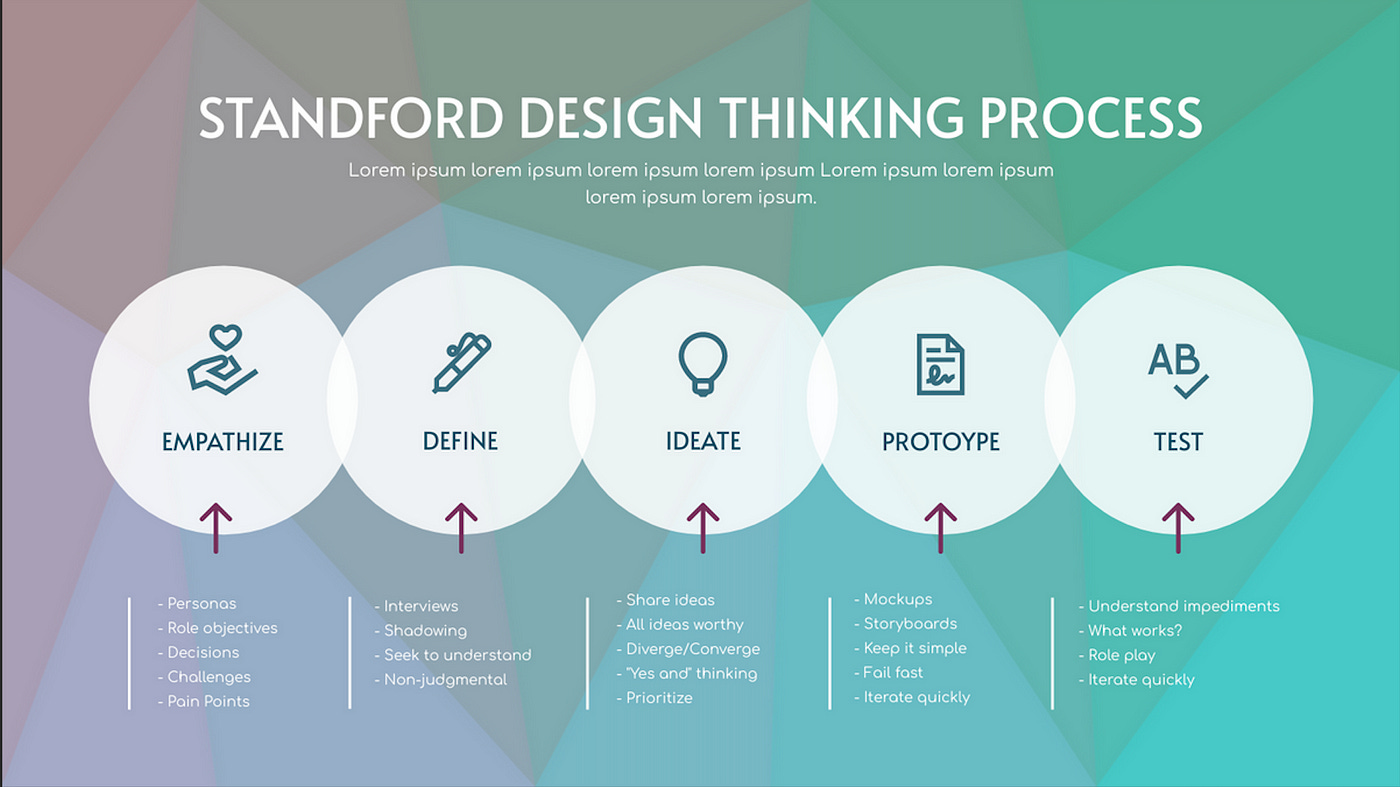
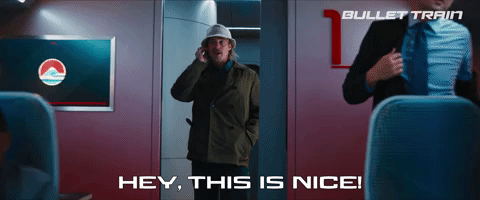
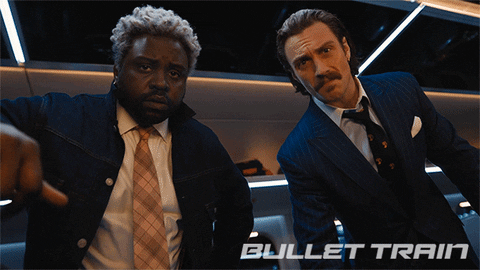

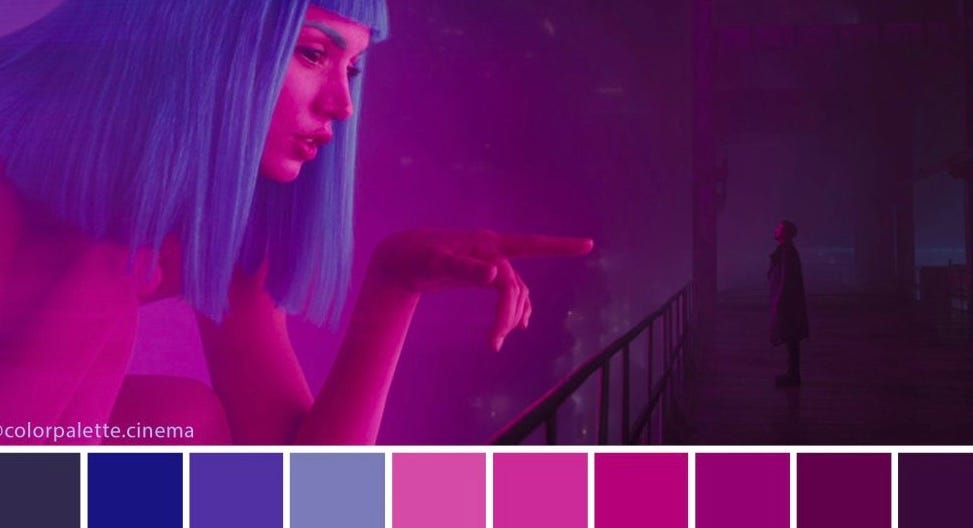
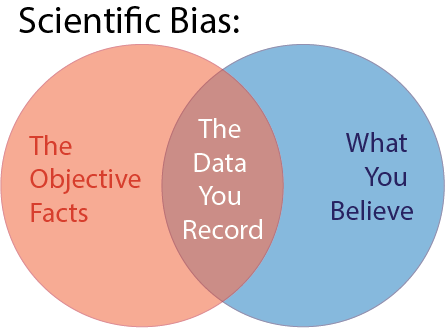


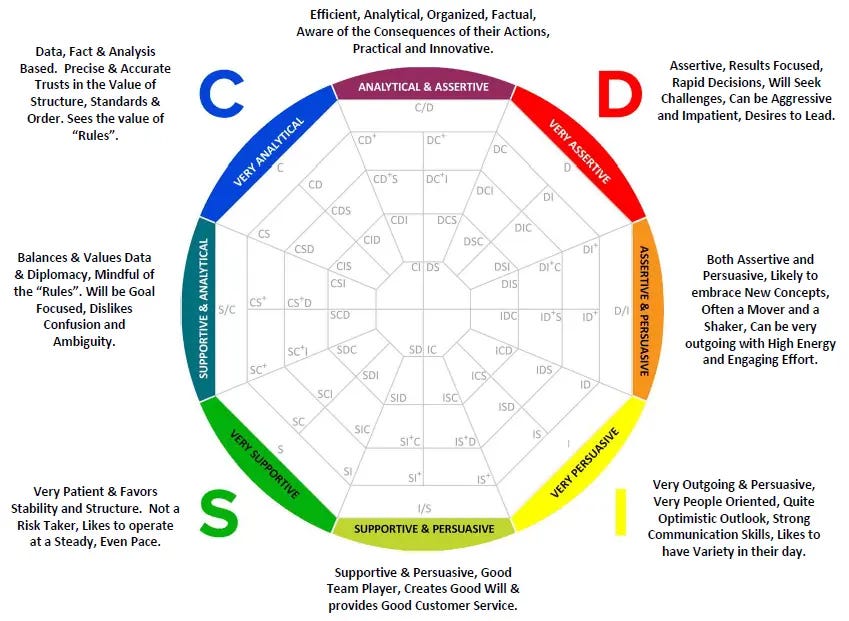


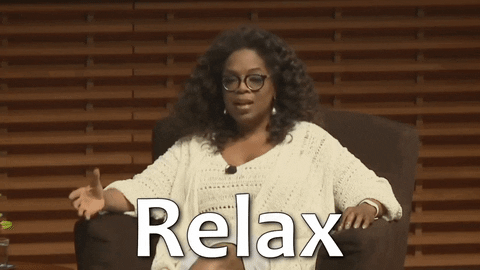
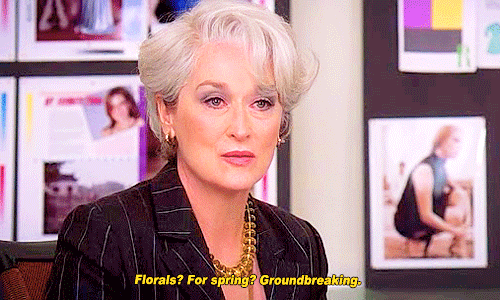
🍊